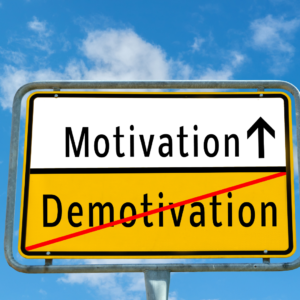Leaders’ factory a magnet for talent
Talk to most people in organisations and the corporate catchcry of there being a “war for talent” is usually dismissed as a pretty empty slogan. Many organisations are deeply political entities and a penchant for Machiavellian manoeuvrings can be worth more than talent and the ability to do a good job.
Global giant GE likes to think of itself a little differently. According to GE Capital’s vice-president of human resources Megan Collins, the organisation is very people focused. It’s all about attracting and retaining talent.
“The people agenda is at the forefront of everything we do,” says Collins, who heads the largest human resources division of the business in Australia and New Zealand, with its 4400 staff accounting for more than 75 per cent of local GE staff.
Moreover, Collins says the human element is such a large part of the company’s DNA that human resources is part of the executive leadership team, taking part in business reviews and developing growth strategies.
Yet being close to the leadership team is often a criticism of HR departments in corporations worldwide; they’re not really acting on behalf of the employees. Collins, however, is keen to point out that people are part of the fabric of the business at GE; they don’t have to fight to be heard.
“We build out strategies around our people,” she says. “It’s very much a `pull environment’ as opposed to `push’. We endeavour to draw our people in with robust internal communications such as regular chief executive round tables and web chats, where people can just jump online and ask, anonymously [if they want], questions about the business.
“Management has fostered a culture of approachability and wants staff to flag ideas and these ideas are followed-up strongly,” Collins says.
She says the processes and culture of how the company manages talent probably set it apart from other companies.
“We’re a leadership factory and people recognise that. In the past year, I’ve had about 50 former employees come back into the company because that focus on leadership and development wasn’t found elsewhere.
“We want to develop people and give them opportunities by stretching them and giving them support. The focus is on developing from within and offering a range of incentives to staff.”
In the past 12 to 18 months the company has challenged all its divisions and departments to focus on its slogan “Imagination at Work” and, Collins says, this has forced HR to be more innovative, reconsidering how GE will attract, retain and develop staff.
“And we have thought about ways we can deliver different benefits such as extra leave provisions. Our summer days and winter mornings program is one example where staff can either take a Friday afternoon off or sleep in on a cosy winter morning.
“The bonus leave program, where staff who take their four weeks leave annually get an extra week free, has seen a take-up rate of more than 40 per cent, especially with employees who have school-aged children,” Collins says.
Other employee initiatives have included GE’s “Terrific Place to Work” program, where guest speakers from a variety of backgrounds talk about their lives and experiences.
A health program offers assistance to staff who may want to quit smoking as well as giving dietary advice.
“We also have master chef cook-offs as part of the healthy eating program,” Collins says.
GE also runs regular programs that help staff to manage their careers. “We run 1.5-day workshops for professional band staff where they can talk about their careers and how to invest in themselves, and people take a lot out of these.”
In recent weeks the company has been working on its people strategy for the coming year and the focus is on improving the employee value proposition.
“We’re really focusing on our talent development strategy and looking deeply at our diversity strategy as well,” Collins says.
“We have looked deeply at women in the organisation and how they feel.”
As for GE’s “Imagination at Work” philosophy, the company has set up an innovation council. An initiative to come out of this has been a series of “Innovation Cafes” where employees from different levels in the company work through business problems.
“Last year, seven ideas came out of the six cafes. Real ideas with real actions associated with them were integrated into the business,” Collins says.
Staff are also encouraged to spend at least one day a year working in their local communities as part of the GE Volunteers program. It’s not compulsory, but staff are encouraged to participate.
Employees are not really pushed into any extra events such as the volunteer program or the Innovation Council but GE is conscious of the people involved.
“They represent opportunities to work outside the usual business and mix with other employees,” Collins says.
They provide a tangible example of the internal systems designed to maintain GE’s focus on developing its people.


